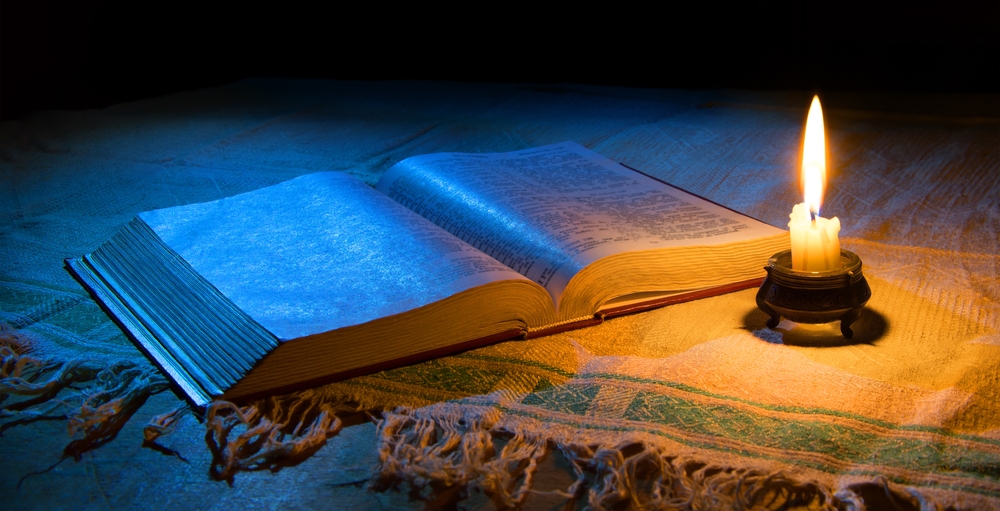The holy books were never secret documents, but the patrimony of the whole community.
While it is true that the priests and the Levites were entrusted with the custody of the sacred books, they were also entrusted with the responsibility of teaching the Torah — YeHoVaH’s instructions — to the people. However, the Levites were not the only ones who had the responsibility of studying and knowing it.
In fact, the very survival of YeHoVaH’s people has depended upon their faithfulness to YeHoVaH’s instructions; it’s the responsibility of everyone who trusts in the God of Israel! For this reason, ignorance of the Torah is no excuse among the children of YeHoVaH. This is why Moses was tasked with reading these instructions to everyone — both the literal tribes of Israel and the “mixed multitude” who escaped Egypt with them:
“And he (Moshe) took the Book of the Covenant and read in the ears of the people”
~ Exodus 24:7
One of the provisions of the Torah specifically calls for the reading of the entire book of Deuteronomy before the assembled people — specifically so that those who did NOT know the God of Israel would understand what He expected of anyone who would consider themselves as part of Israel:
“And Moshe commanded them, saying, At the end of every seven years, at the appointed time of the year of remission, in the solemnity of Tabernacles (Sukkot), when all Israel go to appear before YeHoVaH your Elohim in the place which He has chosen, you shall read this Torah before all Israel in their hearing. You shall gather the people, men, women, and children, and your stranger who is in your gates, that they may hear and learn, and fear YeHoVaH your Elohim, and keep the words of this Torah to do them. And that their children who do not know it may hear and learn to fear YeHoVaH your Elohim, all the days that you live in the land where you are going, past the Yarden, to take possession of it.
~ Deuteronomy 31:12
So it was that every seven years, and during the Feast of Sukkot of each Sabbath year, all the people of Yisrael were summoned to be instructed by the priests and Levites, making it clear from the beginning of their existence as a nation, that they were the people chosen by YeHoVaH to develop that unique identity. This is the reason why the holy books were never secret documents, but the patrimony of the whole community.
If we are to affirm our identity as YeHoVaH’s people, we need to keep immersing ourselves in His Word, otherwise, we will not be able to discern the Truth from the multitude of voices and messages that reach our ears every day. The path is narrow and staying on it requires our full attention to the Torah — the instructions — that our Father has provided to us.
